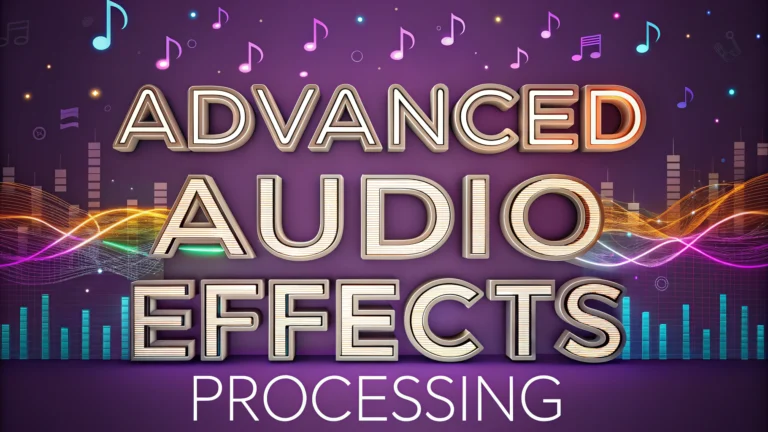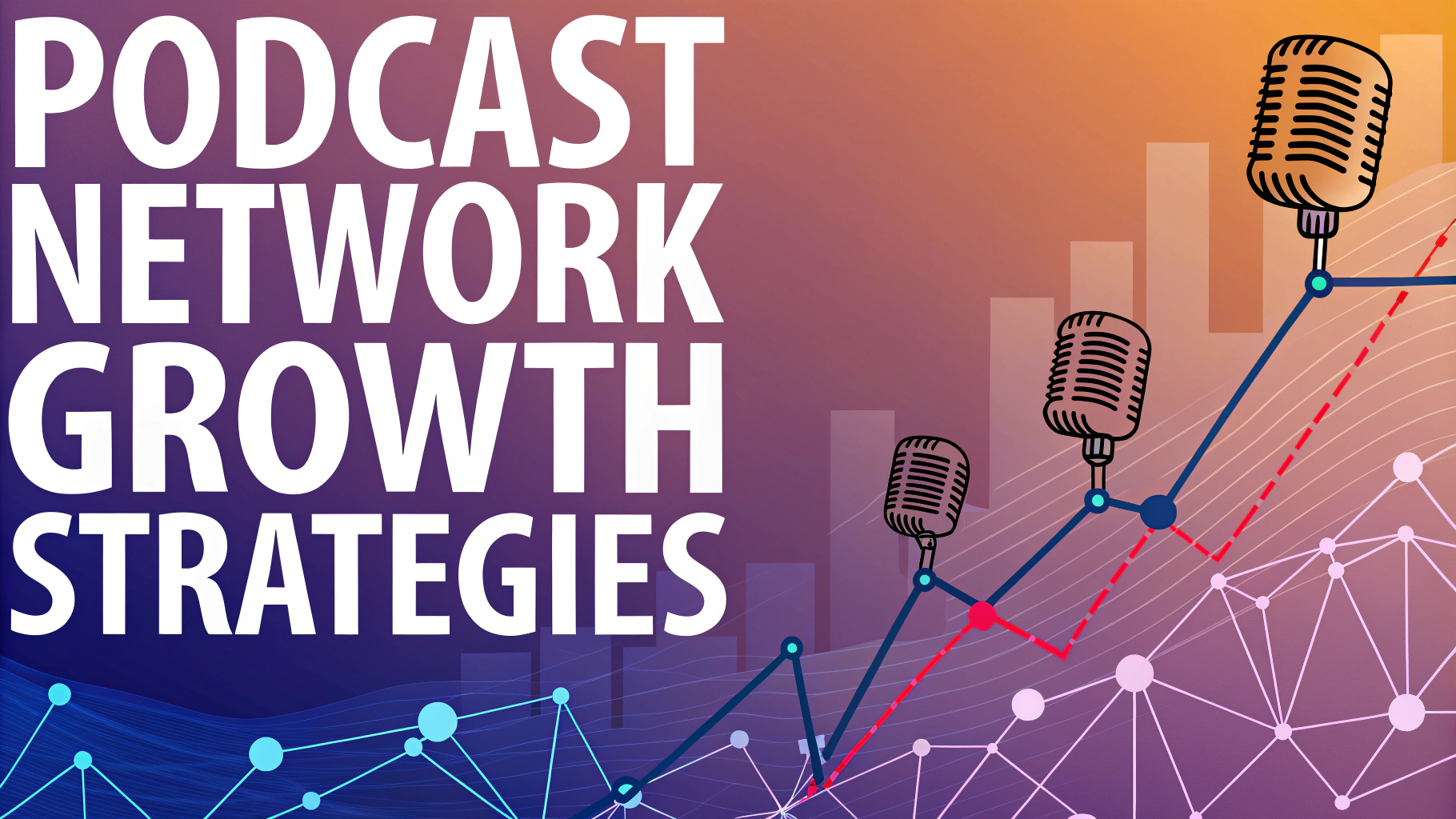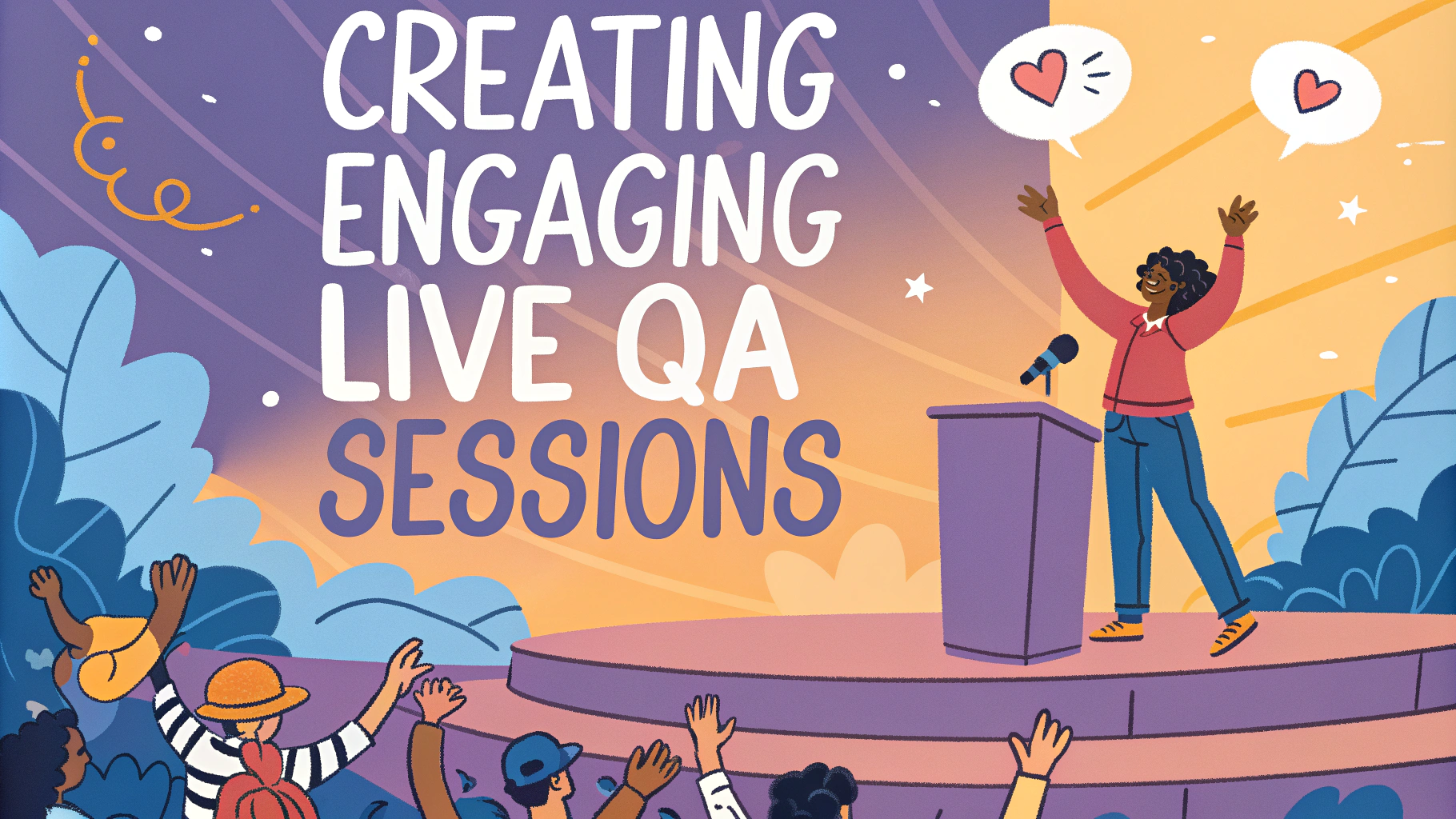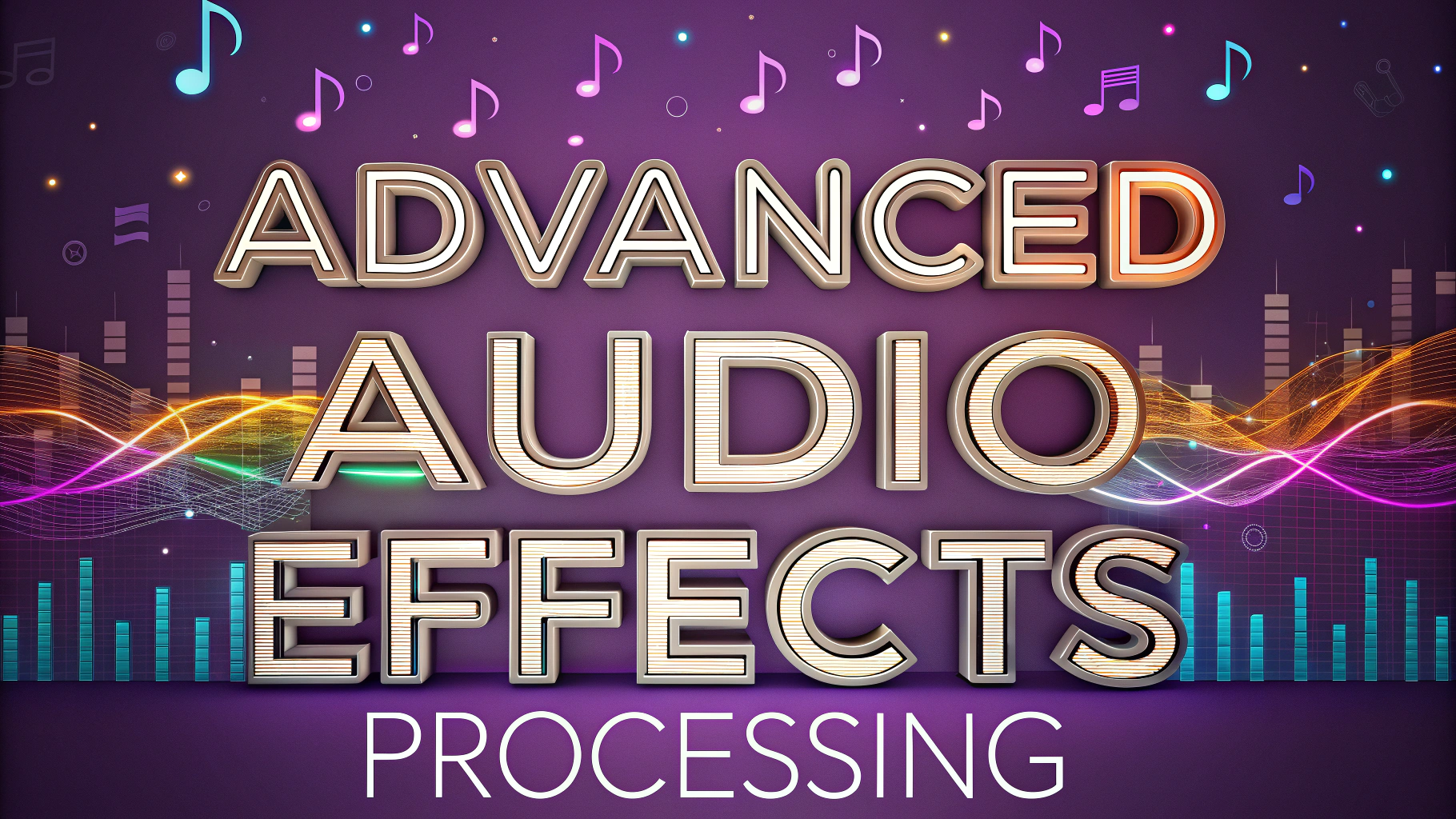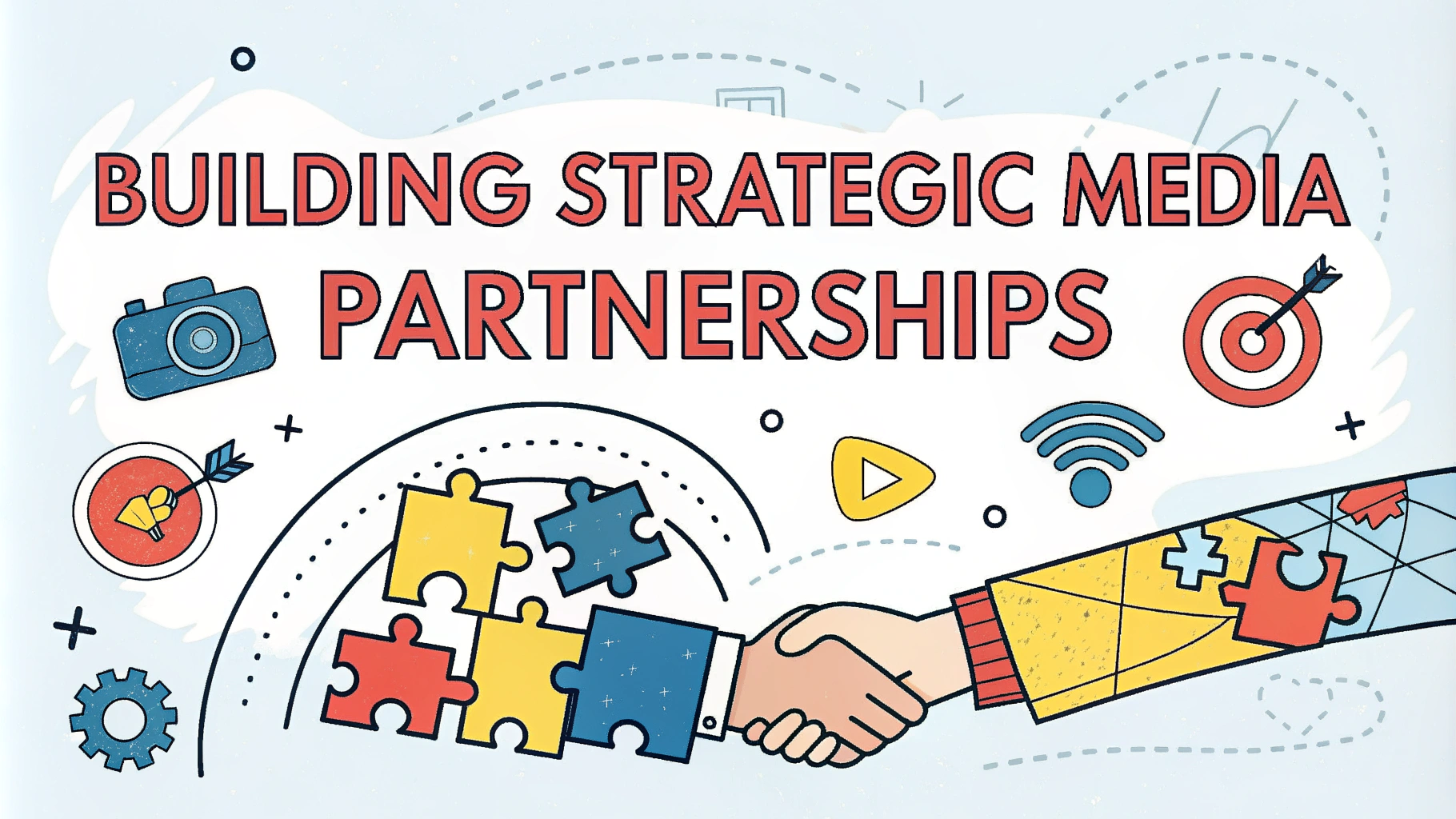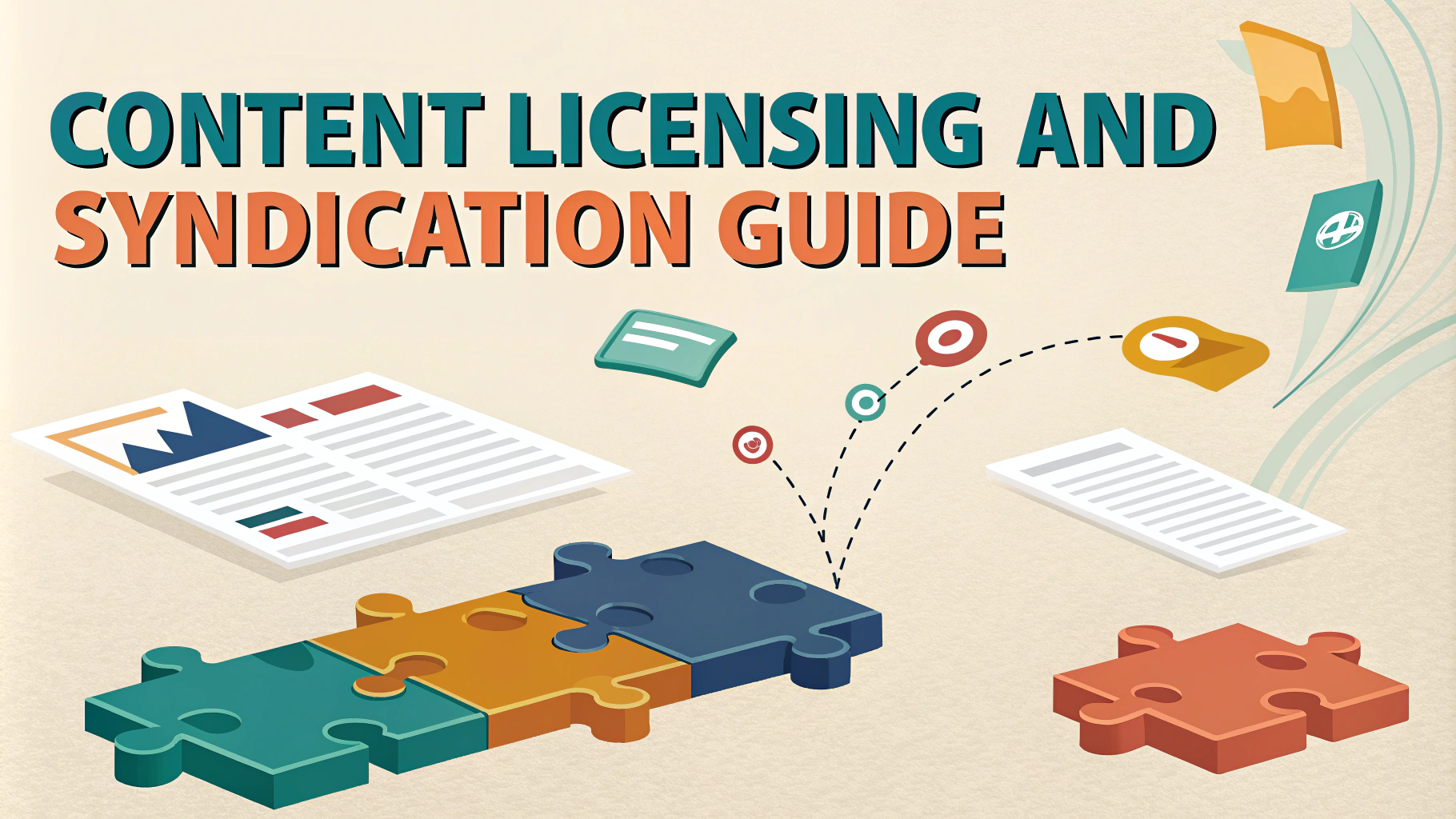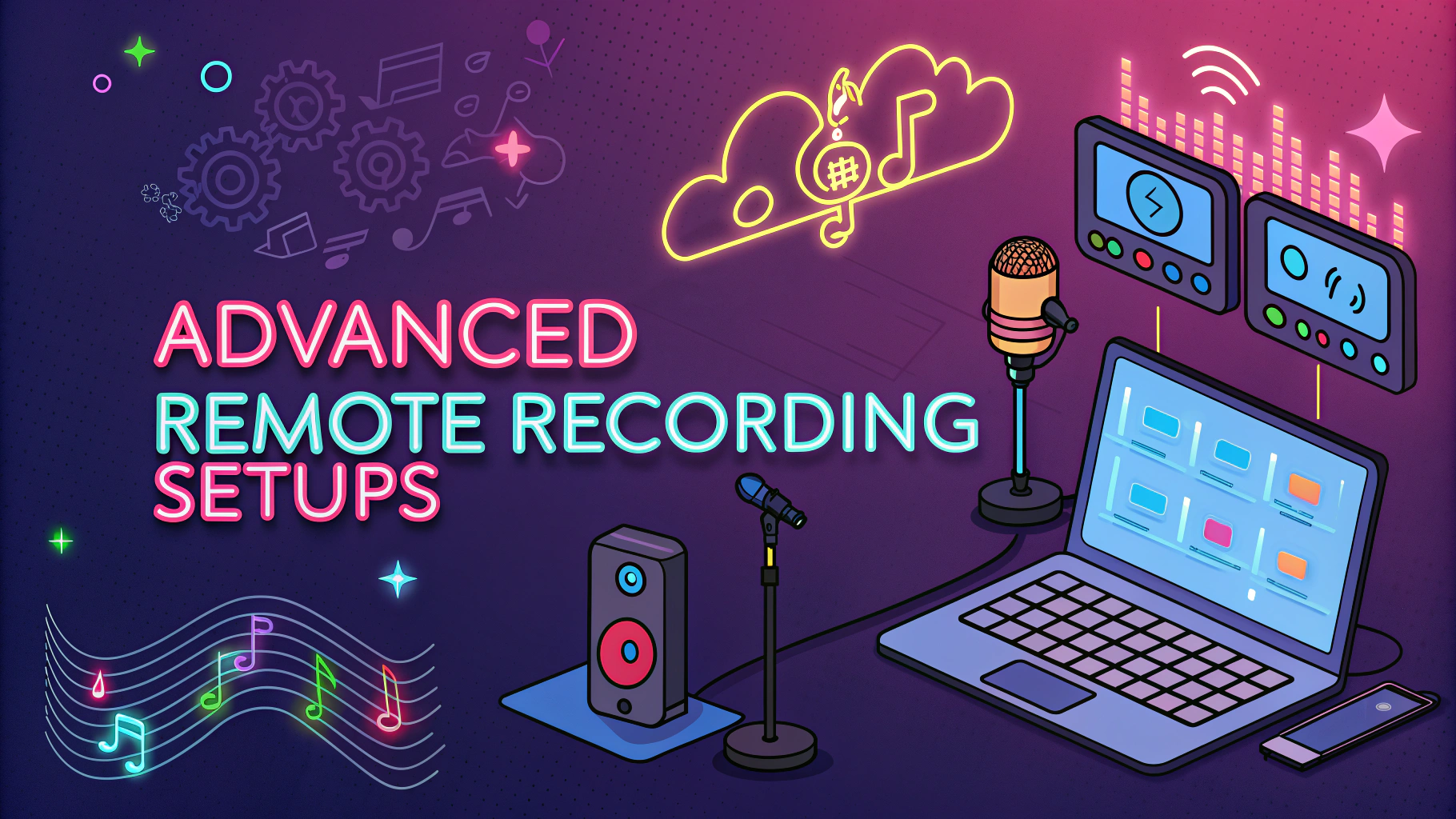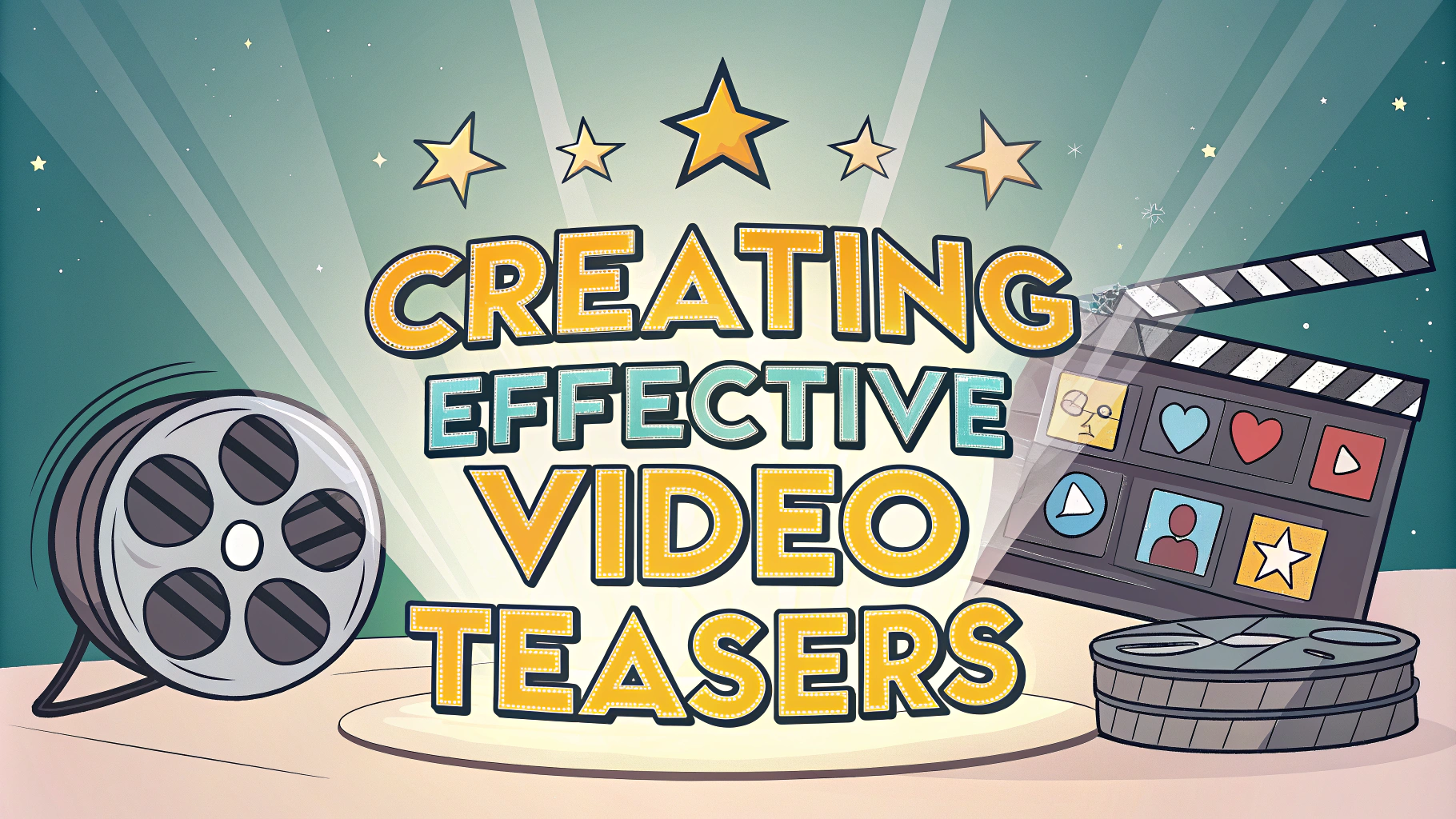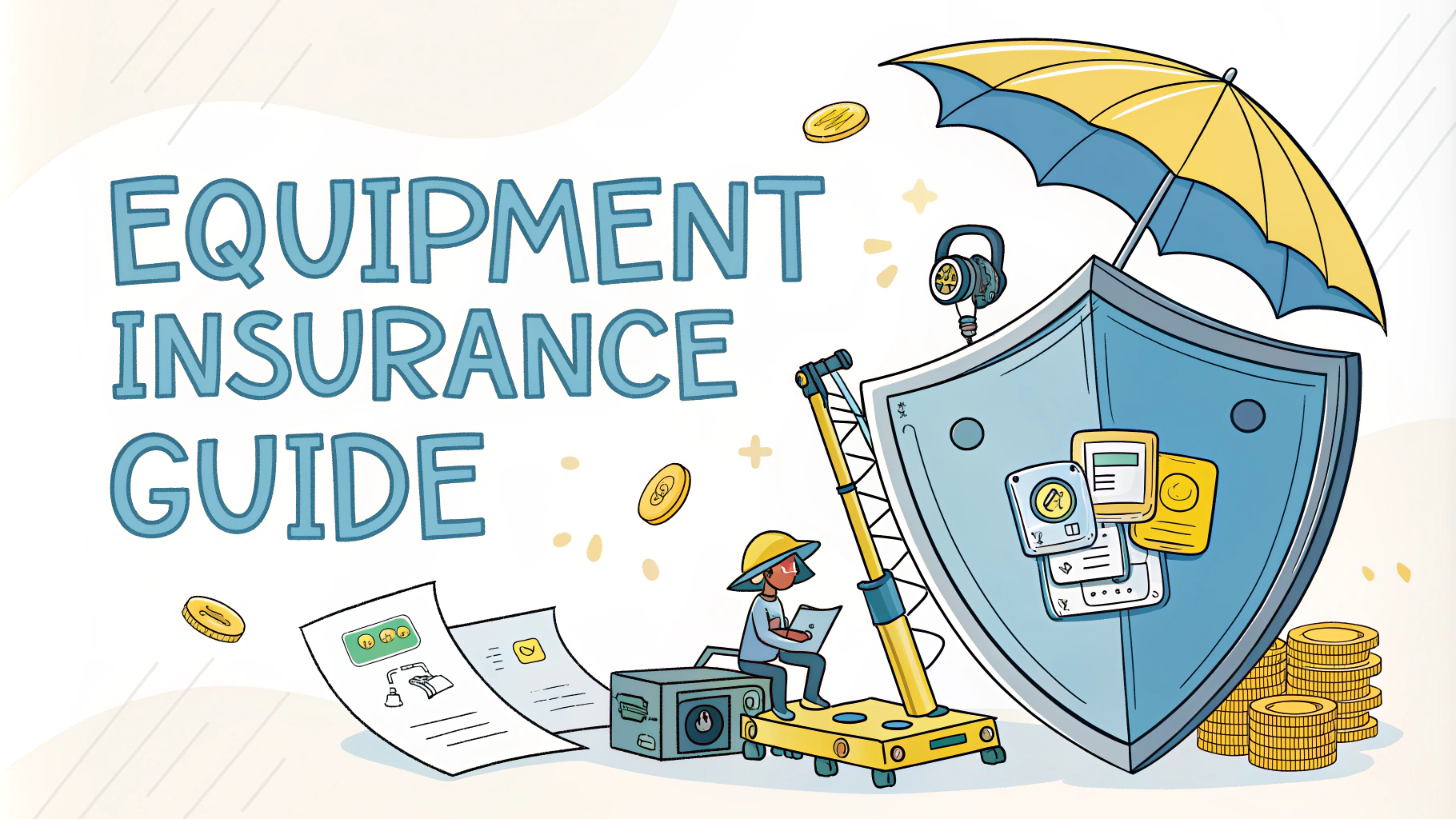Audio effects processing transforms raw podcast recordings into professional, polished content that keeps listeners engaged and coming back for more.
Understanding advanced audio effects lets podcasters craft unique sonic signatures while fixing common audio issues that could distract from their message.
This guide covers essential audio effects and practical techniques to enhance your podcast production quality.
Core Audio Effects for Podcasting
- Compression: Evens out volume levels between loud and soft parts
- EQ (Equalization): Shapes the frequency response to enhance voice clarity
- Noise Gate: Removes background noise when not speaking
- De-esser: Reduces harsh sibilant sounds (s, sh, ch)
- Reverb: Adds space and ambiance (use sparingly)
Recommended Settings for Voice Processing
| Effect | Recommended Settings |
|---|---|
| Compressor | Ratio: 2:1 to 4:1 Threshold: -18dB to -24dB Attack: 10-20ms |
| EQ | High-pass filter: 80-100Hz Presence boost: 3-5kHz Air boost: 10-12kHz |
| Noise Gate | Threshold: -50dB to -60dB Attack: 0.5ms Release: 100ms |
Processing Chain Order
- Noise Gate (clean up background noise first)
- EQ (shape the tone)
- Compression (control dynamics)
- De-esser (tame harsh frequencies)
- Subtle reverb (if needed)
Popular Audio Processing Software
- Adobe Audition – Professional-grade processing suite ($20.99/month)
- iZotope RX – Industry standard for audio repair ($399)
- Reaper – Affordable DAW with built-in effects ($60)
- Audacity – Free option with basic processing capabilities
Common Processing Mistakes to Avoid
- Over-compression leading to unnatural sound
- Excessive EQ boost causing harshness
- Too much reverb making speech unclear
- Processing before cleaning background noise
- Using preset settings without adjusting for your voice
Taking Your Audio to the Next Level
Consider investing in high-quality plugins like FabFilter Pro-C 2 for compression or Waves Renaissance Vox for all-in-one voice processing.
Regular backup of both raw and processed audio files prevents losing valuable content.
Test your processing chain on different playback systems to ensure consistency across various listening environments.
For professional assistance with audio processing, contact organizations like the Audio Engineering Society (www.aes.org) to find certified audio engineers.
Advanced Processing Techniques
- Parallel Processing – Blend processed and unprocessed signals for natural sound
- Multi-band Compression – Target specific frequency ranges independently
- Side-chain Processing – Duck background music when speaking
- Mid/Side Processing – Enhanced stereo control for multi-host shows
Workflow Optimization Tips
Template Creation
- Save processing chains as templates for consistency
- Create different templates for various recording environments
- Document successful settings for future reference
Batch Processing
- Process multiple episodes simultaneously
- Use macros for repetitive tasks
- Maintain consistent output levels across episodes
Quality Control Checklist
- Monitor peak levels (-3dB maximum)
- Check LUFS for streaming platforms (-16 to -14 LUFS)
- Listen on different devices (headphones, speakers, phone)
- Compare with reference podcasts in your genre
- Get feedback from test listeners
Mastering Your Podcast Sound
Implement these processing techniques gradually, focusing on clean recording first. Build a consistent workflow that maintains quality while meeting production deadlines. Remember that subtle processing often yields the most professional results.
Regularly update your skills through online courses and industry forums. Join podcast production communities to share experiences and learn from others. Most importantly, trust your ears and adjust processing to serve your content’s unique needs.
FAQs
- What are the essential audio effects needed for podcast production?
The essential effects are noise reduction, compression, EQ (equalization), de-essing, and normalization. These help achieve professional sound quality and clarity. - How does compression improve podcast audio quality?
Compression reduces the dynamic range between loud and quiet parts of the audio, making the overall sound more consistent and preventing distortion or sudden volume changes. - What’s the difference between parametric and graphic EQ?
Parametric EQ allows precise control over frequency, bandwidth, and gain of specific frequency ranges, while graphic EQ provides fixed frequency bands with simpler up/down controls. - Why is noise reduction important in podcast production?
Noise reduction removes unwanted background sounds, room noise, and electrical hum, resulting in cleaner, more professional-sounding audio. - What is de-essing and when should it be used?
De-essing reduces harsh sibilant sounds (like “s” and “sh”) that can be harsh on listeners’ ears. It’s particularly useful when recording voices with pronounced sibilance. - How does normalization differ from compression?
Normalization adjusts the overall volume of an audio file to a target level, while compression actively controls the dynamic range throughout the recording. - What is reverb and when should it be used in podcasting?
Reverb simulates room acoustics and should be used sparingly in podcasting, mainly for creative segments or to add atmosphere to dramatic elements. - Can audio effects be applied in real-time during podcast recording?
Yes, using digital audio workstations (DAWs) with low-latency monitoring and audio interfaces, effects can be applied during recording, though post-processing is more common. - What is gain staging and why is it important?
Gain staging is the process of managing audio levels through each stage of processing to prevent distortion and maintain optimal signal-to-noise ratio. - How do limiters protect podcast audio from clipping?
Limiters prevent audio from exceeding a specified maximum level, protecting against digital clipping and ensuring the final output stays within safe levels.
